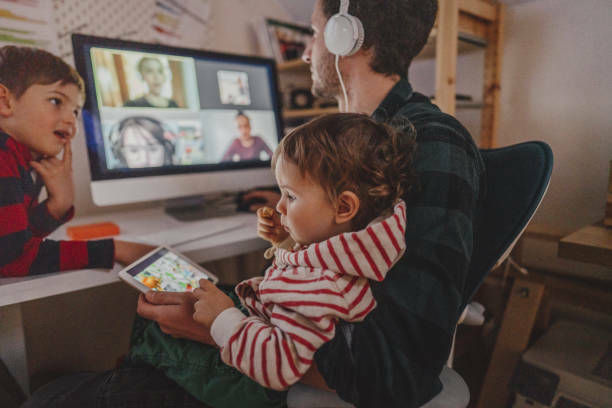HOW GOOD IS YOUR MEMORY?
With technology playing a big part in our life, most people are now reliant on devices for information, calculations, telephone numbers, to do lists etc. Is it healthy for us to rely on our devices for everything?
A study by Eve Marder in “The Importance of Remembering” states that “ creativity in science requires the ability to recall information and data, and will suffer if we rely too much on technology to remember things for us”
As the saying goes, “If you don’t use it, you lose it”, applies to all parts of the physical body including the brain. If we continue to rely on devices for information, not only will it lead to less creativity in the classroom and work environment, but also to mental conditions like dementia and Alzheimer’s.
Memory is not something that we have. Memory is something that we do. There is no such thing as a good or bad memory, but rather a trained or untrained memory. Therefore memory can be learned and practised. The more we practise, the better our memory skills.
Benefits of a trained memory:
- Enhances learning of new skills and languages
- Better grades in tests and examinations due to better retention of information
- Better comprehension
- Reduced frustration and anxiety since learning is easier
- Improved sleep quality
- Improved social interactions
- Higher self confidence
- Better focus and concentration
- Develop visual acuity, imagination, speed, and many other important skills
Memory games for kids
Five activities that you and your child could do to help improve memory skills:
- Matching Cards
You will need pairs of matching cards (picture cards or playing cards). Shuffle and spread all cards, faced down on a flat surface. Players take turns to choose any two cards. Make a successful match and you get to keep the cards and take another turn. No match, cards are returned to the original position. The winner is the person who has matched the most pair.
Depending on the age of the players, start with 5 pairs of cards and increasing the sets by two pairs each time.
To make it more challenging, or if you are playing by yourself, set a time limit for the game.
This activity requires focus, improves visualisation skills, instant memory recall and development of speed thinking.
- In the fridge there is……
The first player starts the game by saying “In the fridge there is a _____” (identifying an item they want in the fridge. The item can be anything and does not need to be a food item). The second player continues “in the fridge there is a (name the first player’s item) and a ____ (adding a new item to the list)”. Players continue taking turns to remember the items in the fridge in order as the list gets longer and longer. The winner is the last person who can correctly name all of the items in sequence.
This fun activity is best played as a group or family (especially on a road trip).
This activity helps build focus and concentration, visualisation, imagination, creativity and listening skills.
- Picture memory
Find coloured pictures or images of scenes or activities (from a magazine or online pictures). Allow the person to look at the image for 5 seconds. Then describe fully what they saw. Note the number of correct descriptions and ask open ended questions to jolt the person’s memory.
Consistent practise helps to improve one’s visualisation memory skills, focus, and answering questions allow for creativity, confidence and self expression.
- Juggling
Use balls or rolled up socks (so it doesn’t roll away) for this activity.
Start off with throwing up one ball/sock and catching with the other hand. Then practise with 2 balls/socks making sure that the second ball is thrown up (not passed) when the first ball is coming back down. Once you’re comfortable with two, try 3 balls/socks.
Juggling helps to activate your brain power by creating new connections when you move your body and learn to do something new. It also teaches you to soften your gaze and visualise more details.
- Finger Activities
On one right hand, close your fist and put up one finger (pointer). On the left hand, close your fist and put up two fingers (pointer and middle finger, to represent two). You now have to switch: the fingers from one to two on the right and from two to one on the left, at the same time. So we are switching our fingers and the goal is to be able to do this quickly. When you’re comfortable with this, try 2 fingers and 3 fingers, ok (thumb and pointer touching each other) and 3 (thumb and pinky touching each other). There are many finger combinations you can create and practise.
This activity improves motor dexterity, finger flexibility, trains attention and develops the ability to switch from one task to another quickly.
Anyone can get good at these activities and develop better memory skills so long as they practise as “Practise makes Progress” – Jim Kwik.
Written by
Helena Ung
The Child Mind Development Specialist
CEO
Innovate Education Australia




